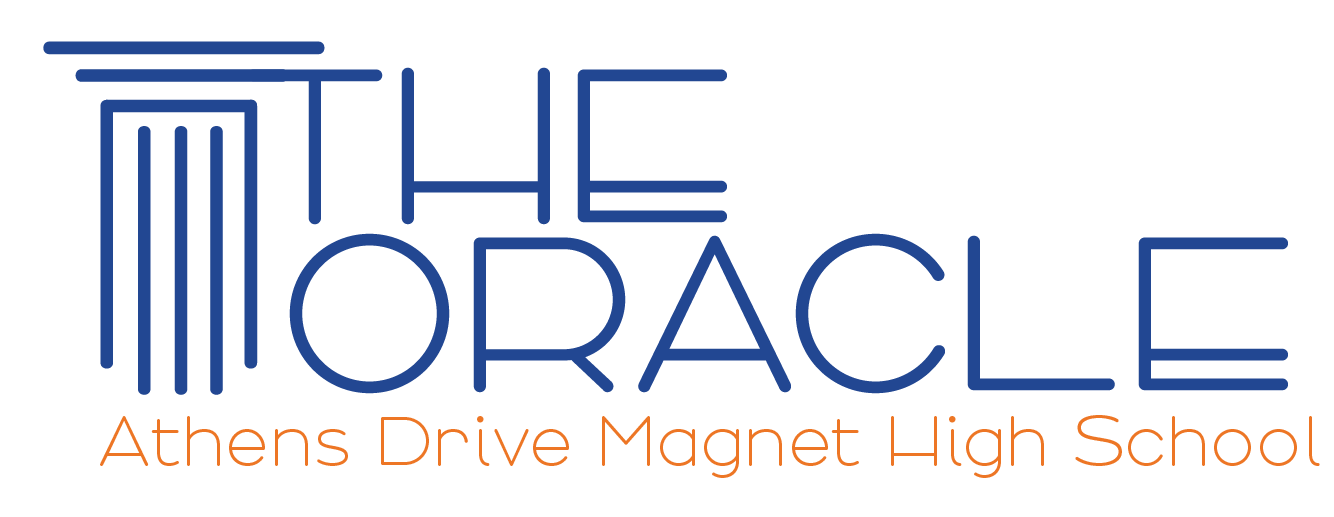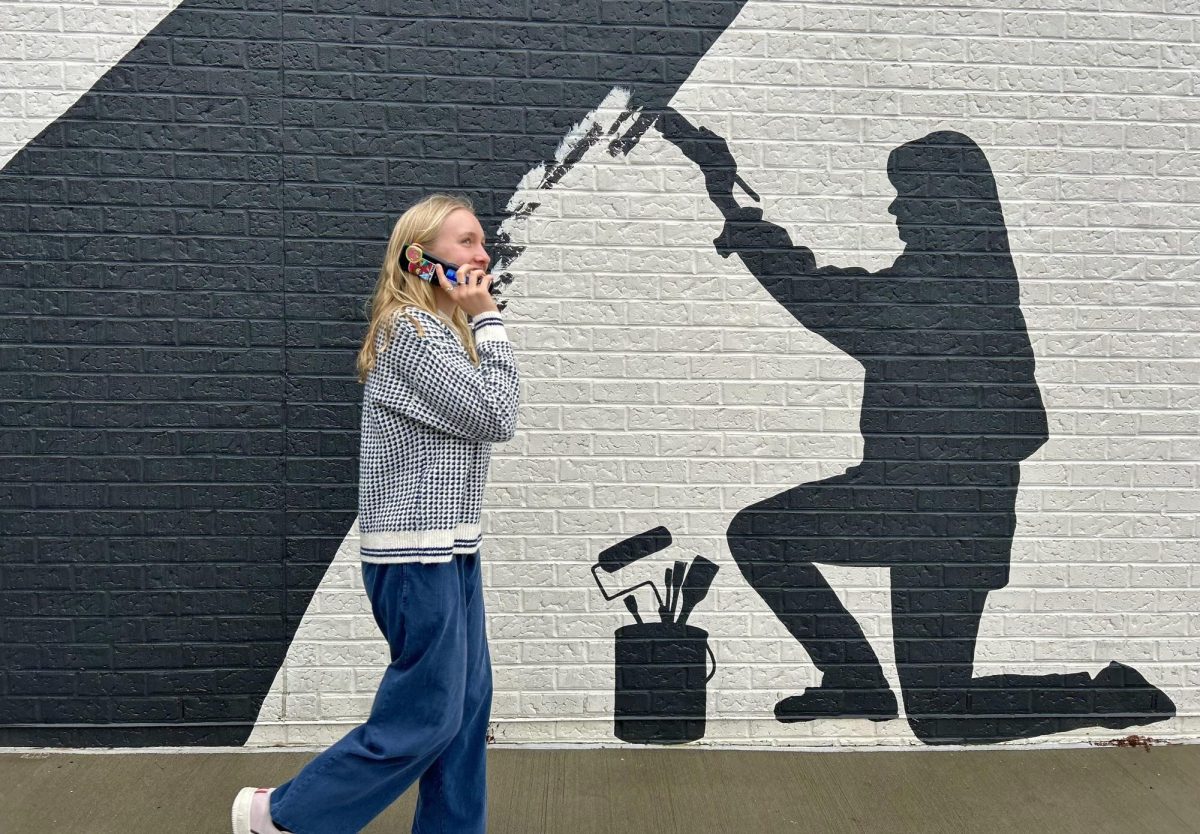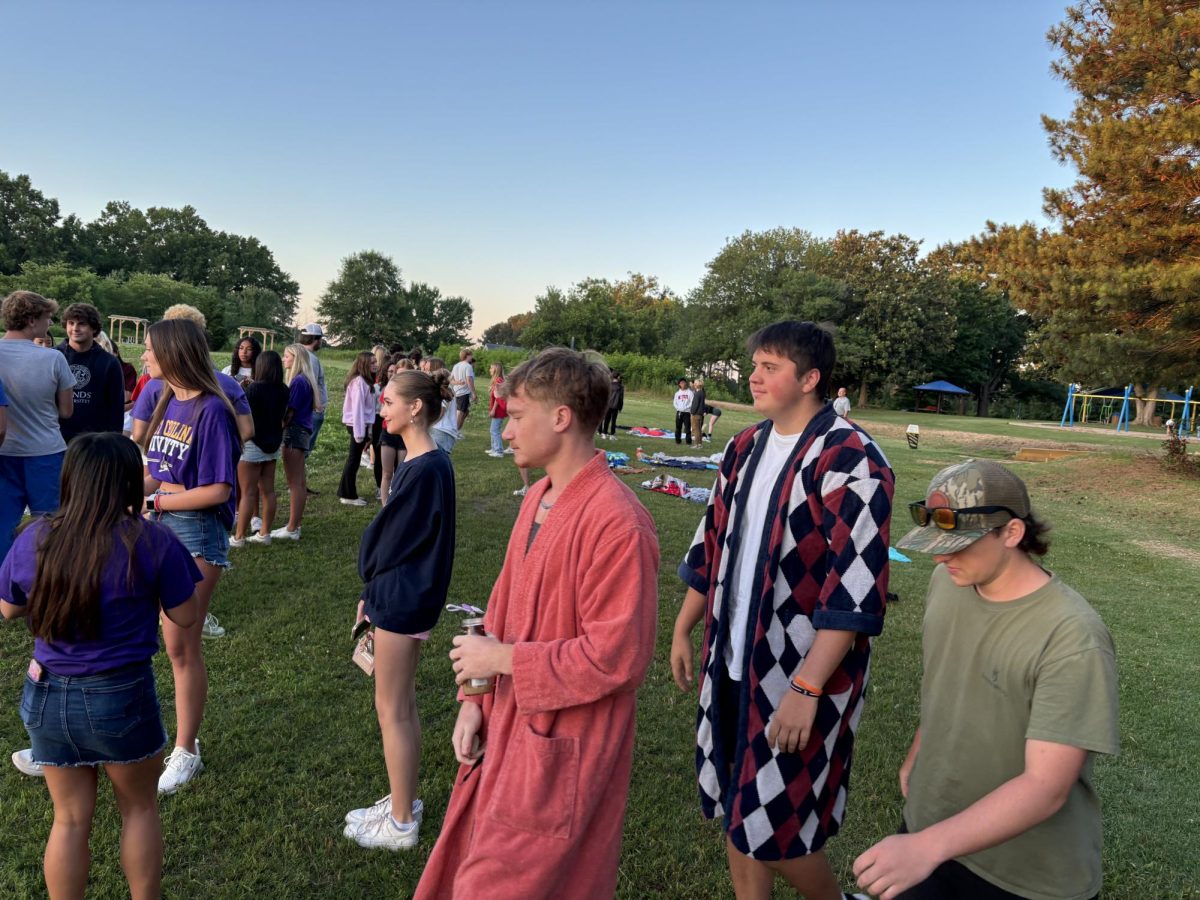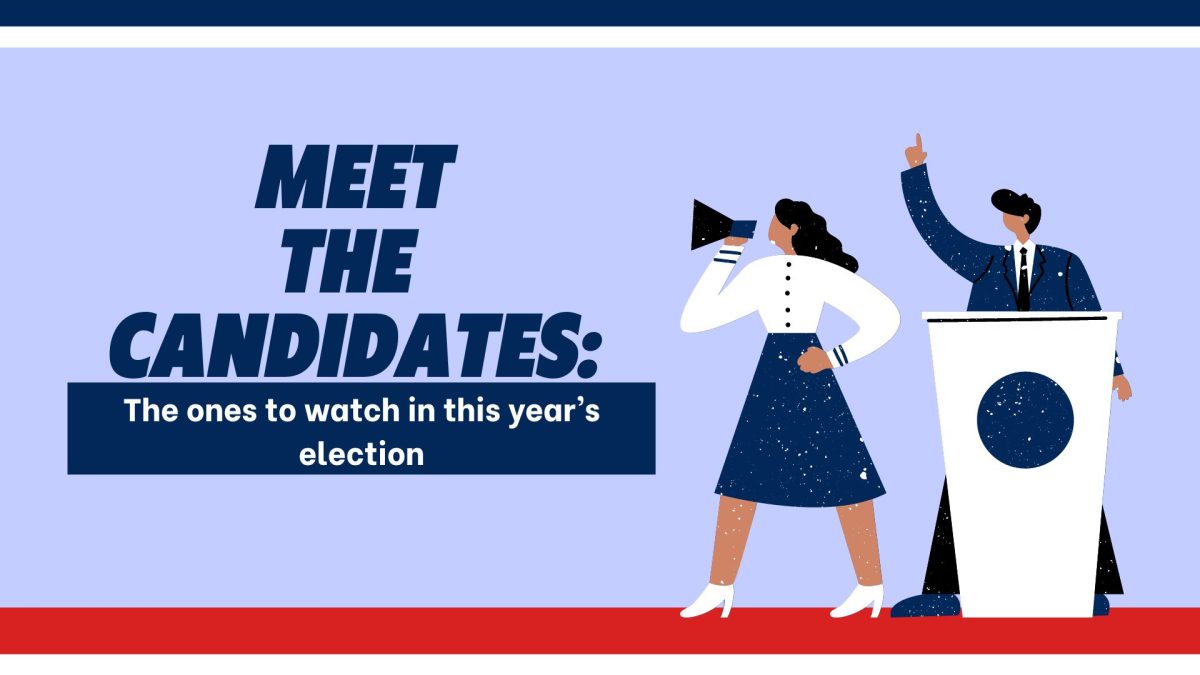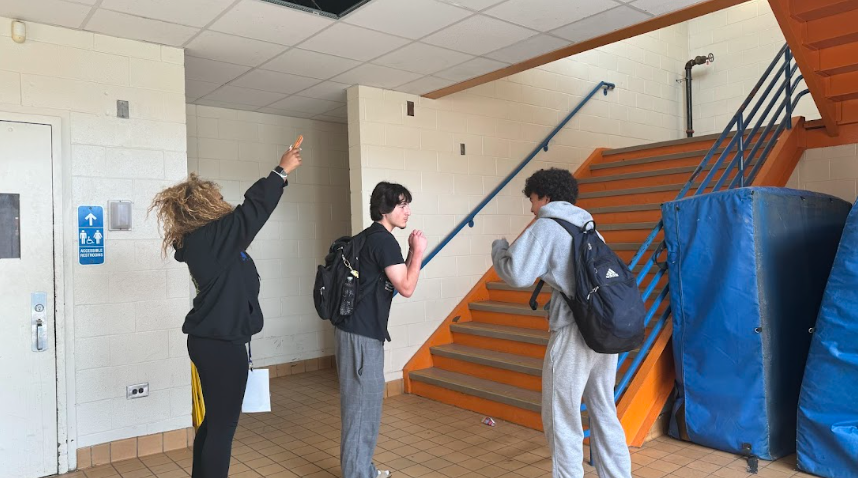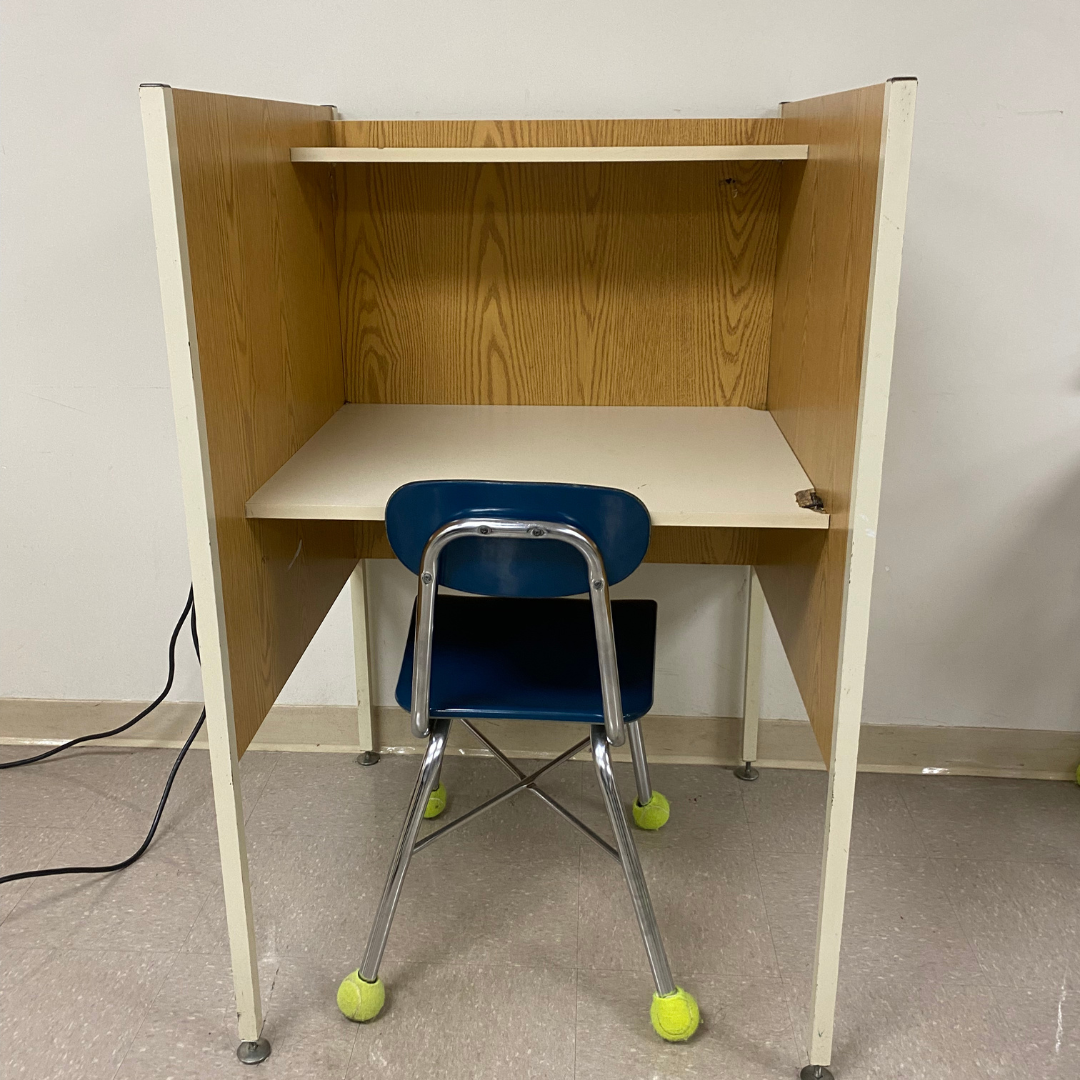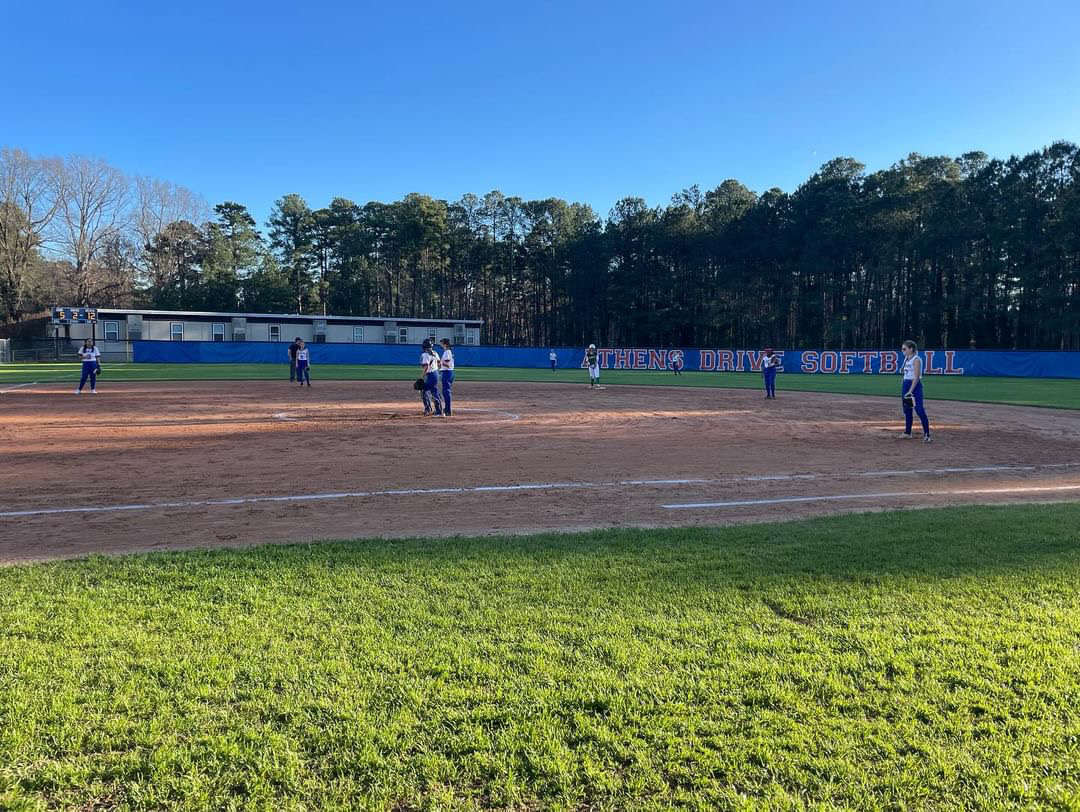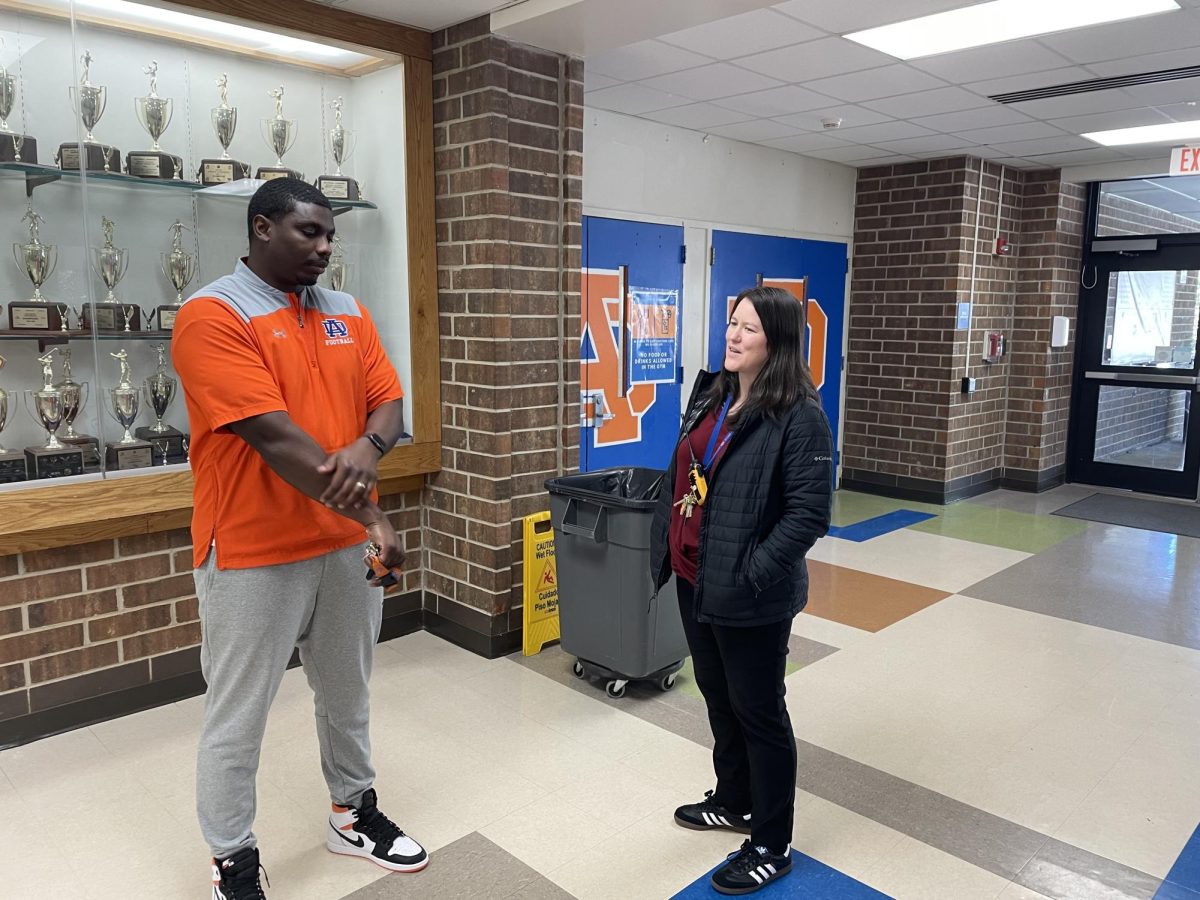I went into my junior year of high school wanting to be productive, goal-oriented and social. I wanted to get things done and not waste time procrastinating like I had in previous years. However, as the year started and I was trying to get back into the swing of things, I found it hard to switch from a low-stress summer to balancing a busy schedule. School, year-round swimming and extracurricular activities required a lot of focus and determination.
I began reaching for my phone a lot, whether I was taking a break from homework, trying to ignore my to-do list, or wanting a lazy source of entertainment. Going on my phone during these key times of focus were pure signs of procrastination, which led me down a path of staying up late to finish assignments, becoming distracted during conversations and spending too much time inside.
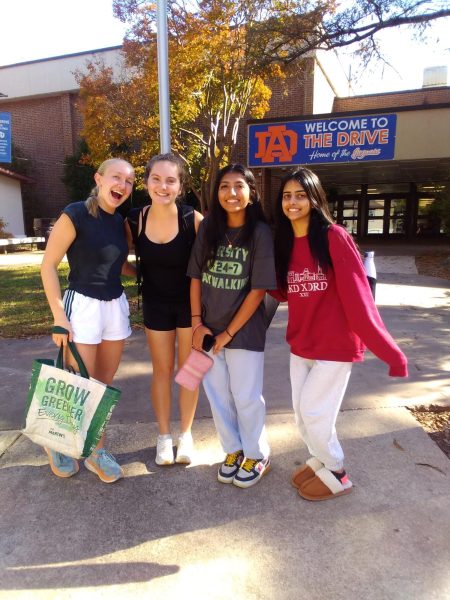
Oftentimes when I felt like this, I would go online and read about how to stop procrastinating, searching for ways to motivate myself. I would set time limits on my apps to stop myself from spending too long on them. These tactics never lasted more than a week. I decided I wanted a more permanent solution, or at least one that would teach me a lesson or two.
At the beginning of September, I read the article The flip phone experiment. Later that month, my parents brought up the topic of flip phones and how different the world was back when flip phones were the most common way to communicate. That’s when it hit me. My solution to this never-ending cycle of distraction, mindless scrolling and my screen time reminding me how much time I’d lost each week.
I wanted to buy a flip phone. But it couldn’t just be a week-long thing. I wanted this experiment to mean something and really create lasting habits.
The first day of October, I went to Target and found the only flip phone they had: the Nokia 2760 Flip. It was $19 for the phone and $20 for a one-month plan. A total of $39 for the key to creating a healthy relationship with my iPhone.
It was easy to set up. The plan made it simple by giving me a new number for the month of October. I had my parents hide my iPhone so I wouldn’t be tempted to reach for it throughout the month.
The first week was a breeze. Many people on my swim team and in my classes were interested in my choice to do this. At first glance, many thought my parents had taken away my phone as a punishment. This showed me how much of a prized possession phones are to teenagers.

My friends enjoyed taking “vintage” photos on my flip phone and calling themselves so they could slam it shut as a dramatic hang up. When I needed a break from homework, I would walk my dog, fold my laundry and I even got back into reading–a hobby I thought I didn’t have time for. Instead of feeling more drained after these breaks, I felt refreshed and ready to get back to work.
During the second week, I ran into my first problem. I had a quiz on the website College Board, but was unable to login because I forgot my password. After all, it’s saved on my iPhone. I had to take the quiz the next day, once I got my password off my personal computer at home.
To quote my teacher during this situation, “The world is not built for flip phones nowadays.” I couldn’t agree more.
New technology has complicated restrictions that my flip phone could not keep up with. I could no longer preorder food, pull up tickets, use Venmo, or easily look things up. The absence of GPS left me printing out directions when going somewhere new by myself.
By the third week, I determined the thing I missed the most was my own car music. What makes driving so enjoyable is riding with the windows down and listening to my favorite songs. It’s a perfect way to reduce my stress levels after a long day. But without my iPhone to plug into Apple Carplay, I was stuck with the radio, switching through station after station seeking one that wasn’t blabbering on and on. The same 15 songs every single day drove me nuts.
Throughout the challenge, I found my mental health had improved with a flip phone. I was less overwhelmed, more positive and could contribute more to conversations when I wasn’t hovering over my phone waiting for a notification.

I valued real face time (not FaceTime) and experienced most of my conversations with people in person, which helped me understand their emotions better and share a real laugh, (not a LOL).
I became aware of how many people are staring at tiny screens all the time. In school, walking, at lunch, in the park and even while driving.
I noticed that practically all of my classmates would immediately pick up their phones after finishing a test or quiz. It’s understandable, we just exhausted a lot of mental energy, but since I had nothing to do on my flip phone, I started on my homework instead. I’m hoping that this habit will stick once I implement my iPhone back into my life.
According to Exploding Topics, on average, people spend 3 hours and 15 minutes on their phones per day. This translates to 49 days a year. If that is your consistent screen time throughout your whole life and you live to 80, that would be around 11 years on your phone. Think about what can be done with just a few of those days. Visit a relative, have coffee with a friend, go on a bike ride. I do not want to be on my deathbed looking back at the years I’ve lost to my phone. I guarantee most of that time would be spent procrastinating, instead of using my phone for good.

By week four, I realized how much having a month away from social media cleared my head. Constantly seeing what, where, and who people are with, makes room for FOMO (fear of missing out). Social media caused me to constantly compare myself to others. It would deceive me into believing that doing this, or going there, would make me the happiest. I never felt like I was okay where I was until I was away from the media for a while.
Prior to the experiment, when I saw my friends in real life, there was often less to talk about. We both knew what each other had been up to, since so much of our life was shared online. With a flip phone, we had much more to talk about in person.
I was definitely more excited to start the experiment than I was to end it, because this is where the hard part starts. Am I going to hang on to the habits I made the whole month? Or would I go back to procrastinating and being inefficient with my time?
My biggest takeaway is that I should be using my phone as a tool, rather than a source of entertainment. I only used my flip phone when I needed to call someone to make plans, take photos, or occasionally check the weather. Texting was difficult and required too much time to do it frequently. Each day I spent around 20 minutes or less on my flip phone, compared to the 2-3 hours I would spend on my iPhone, before I began the experiment.

I enjoyed hearing people’s voices on the phone more than texting them. If I missed out on any breaking news, my friends would fill me in when I saw them.
As for using my flip phone again in the future, it’s a possibility. I honestly had a lot of fun, and the inconveniences were minimal. GPS and location monitoring on a smartphone offer more benefits in terms of safety, which my parents appreciate. The flip phone is not realistic for my daily life as a teenager, but it can still be fun to have as backup for a needed social break.
I encourage anyone struggling with their connection to their smartphone to try this out, to really understand how little we need our phones. Smartphones can be super helpful to keep in touch with others, look things up, or figure out how to get somewhere. However, ultimately, and increasingly frequently, they are time-snatchers. Through this experiment, I discovered the drive to be socially connected often outweighs our ability to be present and in the moment. That is something I’ll never forget.
